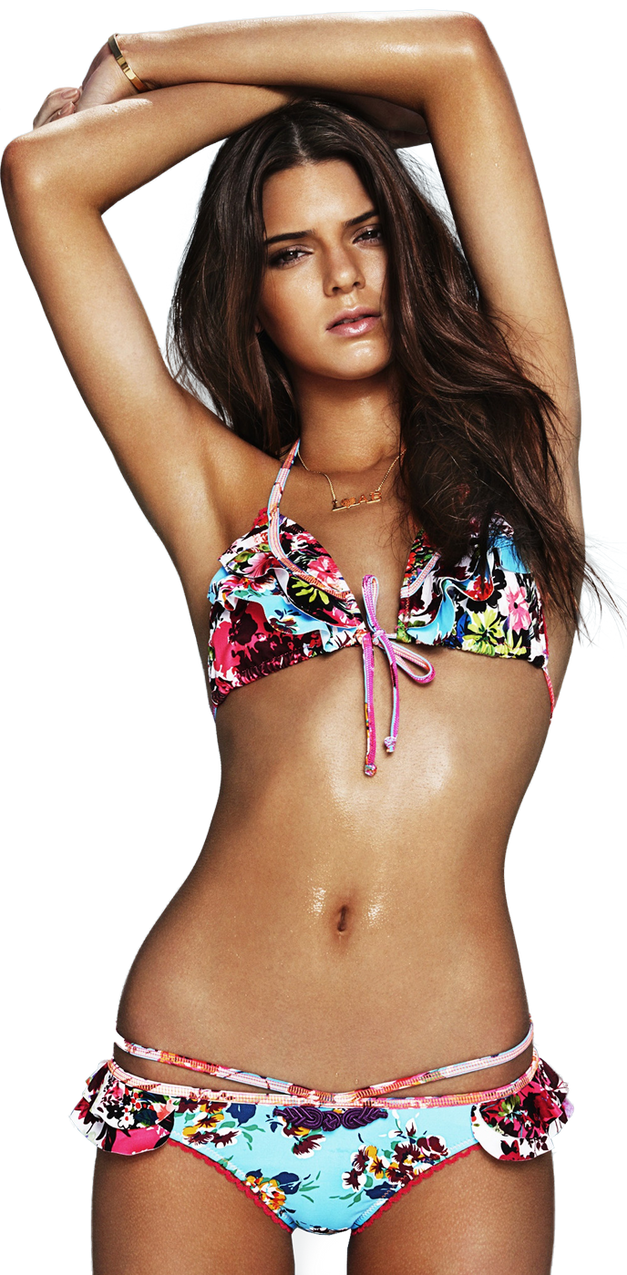Sigmund Freud proposed the idea that much of one's adult personality stems from a fundamental conflict between a person's desire to gratify his/her physical needs and the necessity to function as a responsible member of society. This struggle is carried out in the mind among three systems:
Id - All about immediate gratification without thinking of consequences, our inner party animal. The id operates from the pleasure principle and wants to maximize pleasure and avoid pain, the id is selfish and illogical. It is the little red devil sitting on your left shoulder.
Superego - The counterweight to the id. It is a person's conscience. It follows society's rules and tries to prevent the id from seeking selfish gratification. It is the little white angel sitting on your right shoulder.
Ego - The system that mediates between the id and the superego. It's basically a referee in the fight between the id and the superego. It balances the opposing forces according to the reality principle which finds ways to gratify the id that the outside world will find acceptable. It is the person making the decision based on the id and superego's demands.
Freudian theory applies to marketing in the Ego system, and how consumers make unconscious decisions that guide purchases. The implication is that consumers cannot necessarily tell us their true motivation when they choose products, even if we can devise a sensitive way to ask them directly. The Freudian perspective also raises the possibility that the ego relies on the symbolism in product to compromise between the demands of the id and the prohibitions of the superego. The person channels her unacceptable desire into acceptable outlets when she uses products that signify these underlying desires. This is the connection between product symbolism and motivation: The product stands for, or represents, a consumer's true goal, which is socially unacceptable or unattainable. By acquiring the product, the person vicariously experiences the forbidden fruit.
The field of motivational research borrowed Freudian ideas to understand the deeper meanings of products and advertisements. This approach adapted psychoanalytical (Freudian) interpretations with a heavy emphasis on unconscious motives. It basically assumed that we channel socially unacceptable needs into acceptable outlets - including product substitutes. Ernest Dichter conducted in-detpth interview studies on more than 230 different products and found a couple of interesting major consumption motivations associated with specific types of products:
Motive Associated Products
Power Sugary products and large breakfast, bowling, electric trains, hot rods, power tools
Virility Coffee, red meat, heavy shoes, toy guns, shaving with a razor
Security Ice cream, full drawer of neatly ironed shirts, real plaster walls, home baking, hospital care
Eroticism Sweets, gloves, cigarette lighters
Moral purity White bread, cotton fabrics, harsh household cleaning chemicals, bathing, oatmeal
Social Acceptance Ice cream, coffee, toys, sugar and honey, soap, beauty products
Individuality Gourmet foods, foreign cars, cigarette holders, vodka, perfume, fountain pens
Femininity Cakes and cookies, dolls, silk, tea, household curios
Reward Cigarettes, candy, alcohol, ice cream, cookies
Master of environment Kitchen appliances, boats, sporting goods
Disalienation Home decorating, skiing, morning radio broadcasts
Magic-mystery Soups, paints, carbonated drinks, vodka, unwrapping gifts.
So next time that you purchase a product ask yourself which hidden motivation may be guiding you in buying that specific product? Even better, next time you see an ad you may be able to identify the hidden motivation that is associated with the product being sold.

















